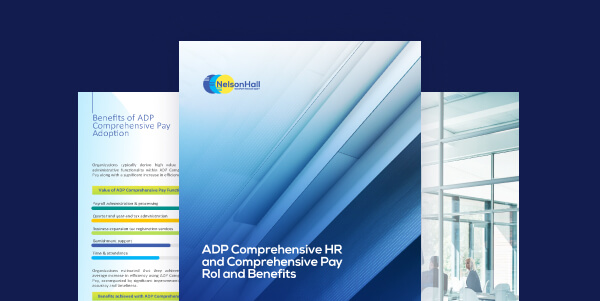Want more exclusive business insights like this delivered to your inbox?Subscribe now
Employee classification may refer to one of two scenarios:
- Classifying an employee as either exempt or non-exempt under federal and state wage and hour laws, such as the Fair Labor Standards Act (FLSA), which regulates minimum wage, overtime, recordkeeping and child employment standards at the national level.
- Classifying a worker as either an employee or an independent contractor under applicable federal and state laws. Different rules apply for different purposes and jurisdictions.
What is an exempt employee?
Under the FLSA, an exempt classification means the employer is not obligated to pay overtime when the employee works more than 40 hours in a workweek. Most employees are classified non-exempt, which means they must be paid minimum wage and are eligible for overtime at one and one-half times their regular rate of pay.
FLSA violations
Denying overtime to non-exempt employees, either intentionally or as a result of misclassification, is a violation of the FLSA, as well as other applicable state wage and hour laws. Such infractions may result in penalties, federal and state tax liability, claims for benefits, immigration compliance issues, and the potential for class action claims.
What is an independent contractor?
In general, a worker is considered an independent contractor if the hiring entity has the right to control or direct only the result of the work, but not what will be done or how it will be done. For tax purposes, individuals who meet these criteria pay self-employment tax directly to the IRS or a state tax agency, meaning the hiring entity or payer is not responsible for deducting income tax or Medicare and Social Security taxes from the payments made to the independent contractor.
Classifying independent contractors
The process of assessing whether a worker is an independent contractor or an employee depends on the applicable federal and state laws and the specific context. For example, different tests may apply when determining rights and obligations for the purpose of unemployment insurance, state wage laws, overtime, expense reimbursements, federal and state income taxes, or workers’ compensation. Failing to follow the appropriate test and misclassifying an employee as an independent contractor can result in violations of wage and hour laws, including minimum wage and overtime regulations.
What is a 1099 worker?
A “1099 worker” generally means an independent contractor since these individuals receive IRS Form 1099-NEC, Non-Employee Compensation, instead of Form W-2, Wage and Tax Statement. Payers and hiring entities use Form 1099-NEC to report how much they reimbursed independent contractors over the course of a tax year.
This guide is intended to be used as a starting point in analyzing an employer’s obligations and is not a comprehensive resource of requirements. It offers practical information concerning the subject matter and is provided with the understanding that ADP is not rendering legal or tax advice or other professional services.
Go deeper
- Infographic Three Steps to FLSA Compliance




